26/06/2023
5 SUSTAINABLE BEAUTY TRENDS
We present 5 beauty trends of the last few years, popularized by all brands. We will see what their noble purpose is and what problems they promise to solve for the planet.
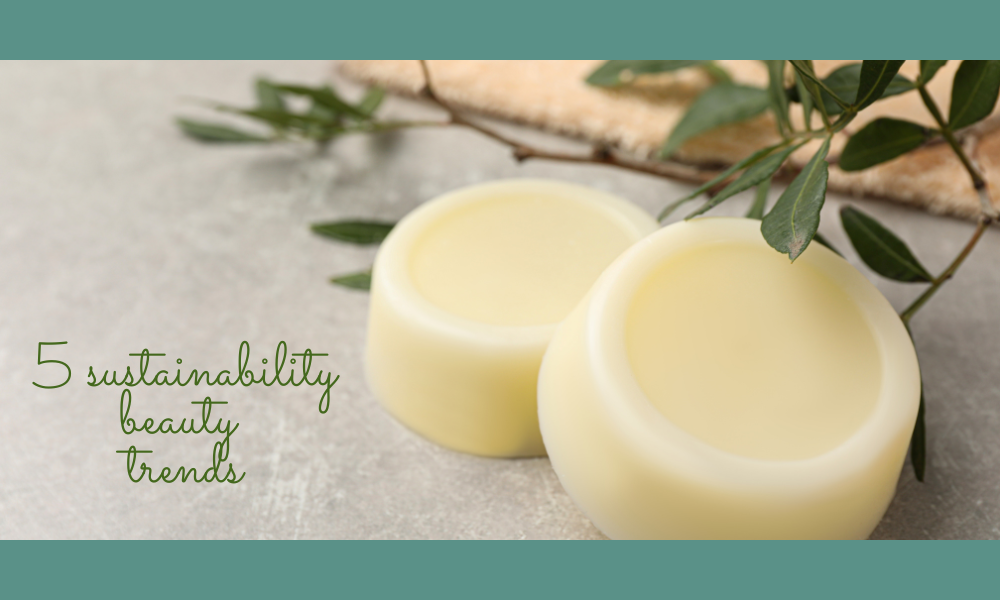
LAB GROWN: The biotechnology at the service of beauty and good for the Earth
The phytocomplex or some molecules obtainable from plants have interesting cosmetic properties, and represent real active ingredients for our skin. however, obtaining these molecules from plants in nature represents a problem in some ways and a criticality. Why? It could be plants in danger of extinction, or with slow growth, or rather rare, so they are not accessible and always available.
With the help of biotechnology, however, it is possible to produce the single molecules of interest starting from the cells of these plants, so that the plant material is used only once and then start a cell culture thanks to the use of microorganisms: it goes thus creating a real production "plant" that supplies a stable, homogeneous, and completely controlled material that is always available as it is completely independent of the season or weather conditions.
All this in respect of the ecosystem and biodiversity, with a considerable saving of water (a cell culture uses only 10% of the water necessary for a field), and the protected environment means that it is not necessary to use pesticides or other potentially harmful substances.
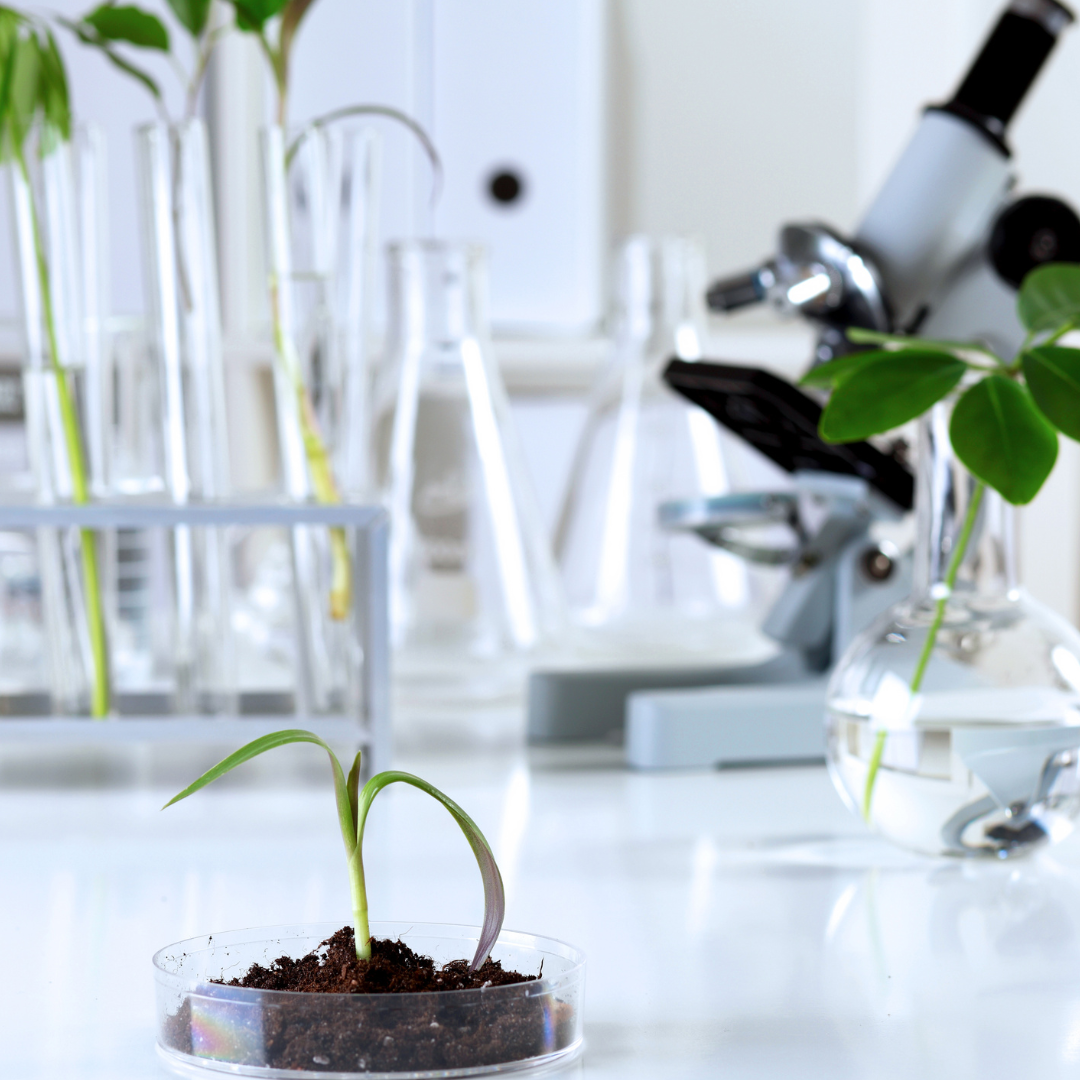
Upcycled beauty
The most sought-after cosmetic ingredients today are those that come from the Earth's resources, in particular from those that would otherwise be "waste" or waste and which instead take on new life. The concept of "coming back to life" also applies to formulas and not just to packaging.
These trendy ingredients come above all from fields, vegetable gardens and orchards with an increasingly strong contamination between food and cosmetics.
The term upcycling was coined in 1994 by a German mechanical engineer, Reiner Pilz who, in an interview, spoke of recycling saying: "I call recycling down-cycling. What we need is up-cycling, thanks to which old products are given a higher value, not a lower one".
Upcycling would therefore be very different from re-cycling, recycling, whose goal is sometimes to return an object to the same function, sometimes to transform itself by losing value.
Upcycling, on the other hand, means reusing to create a product of higher quality, real or perceived.
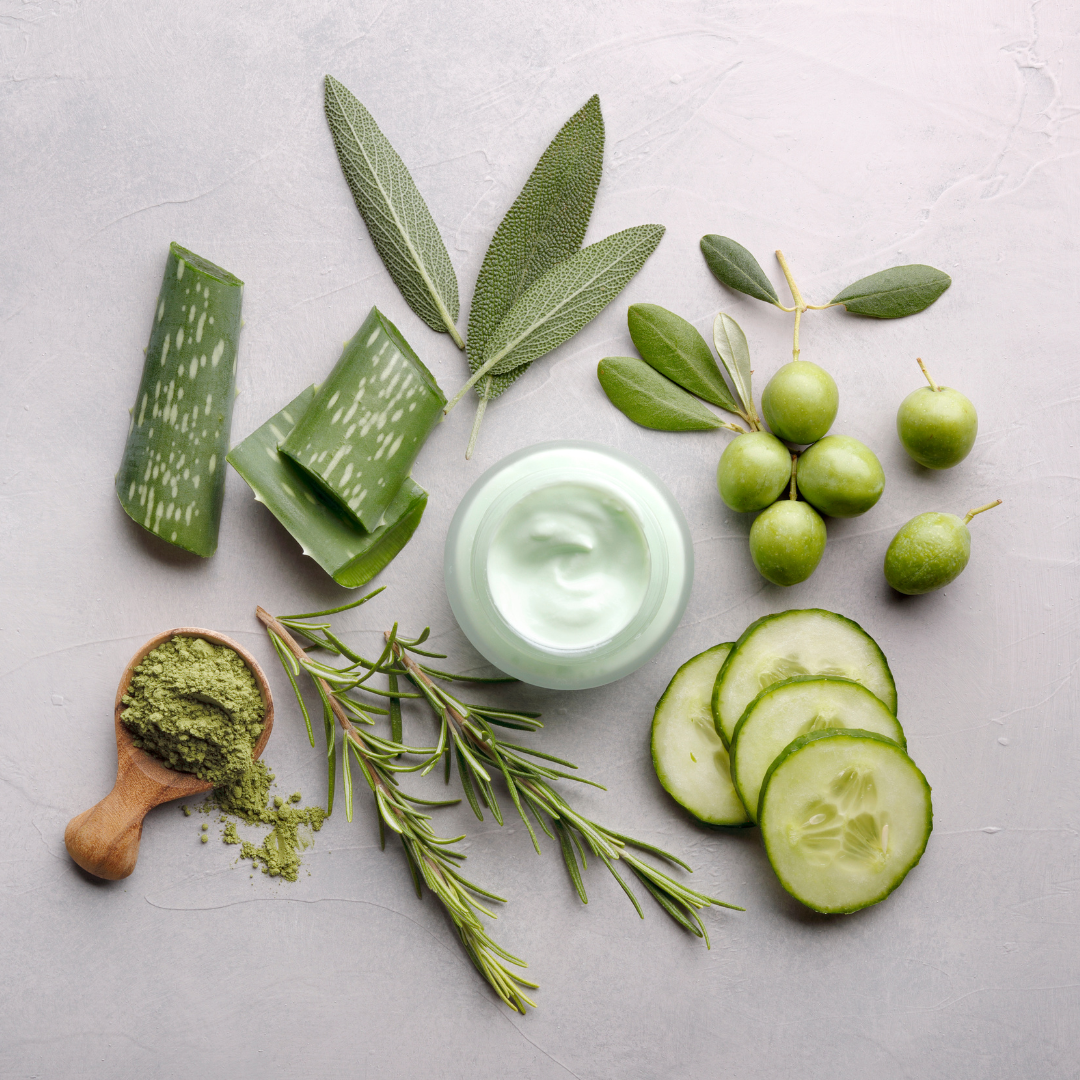
The territories explored to obtain these ingredients are those of the farms, that is, the farms, or the vegetable garden or orchard.
What is it about? above all of vegetable compounds, obtained from fruit and vegetable peels and waste, or from by-products of processing in the food sector: where once the processing residues were only waste, with no economic value and represented a cost for companies, now they are reborn in the form of cosmetic, texturizing or gelling active ingredients, acquiring value and solving the problem of disposal.
Regenerative farm
Regenerative farm is a way to move from that extractive, reductive and destructive form of agriculture and towards a sort of nutrient balance, balancing multiple symbiotic life forms to create rather than destroy ecosystems.
Food (or textile or forest products) is grown in a way that instead of simply extracting nutrients and life from the soil, it actually builds matter and life into the soil. Regenerative agriculture is a food, plant, and biomass production system that focuses on building functional biodiversity and soil health to produce consistent yields without relying on synthetic inputs (herbicides, pesticides, and chemical fertilizers).
Despite the growing interest in regenerative agriculture, there is no centralized "official" definition because regenerative agriculture is not a static state.
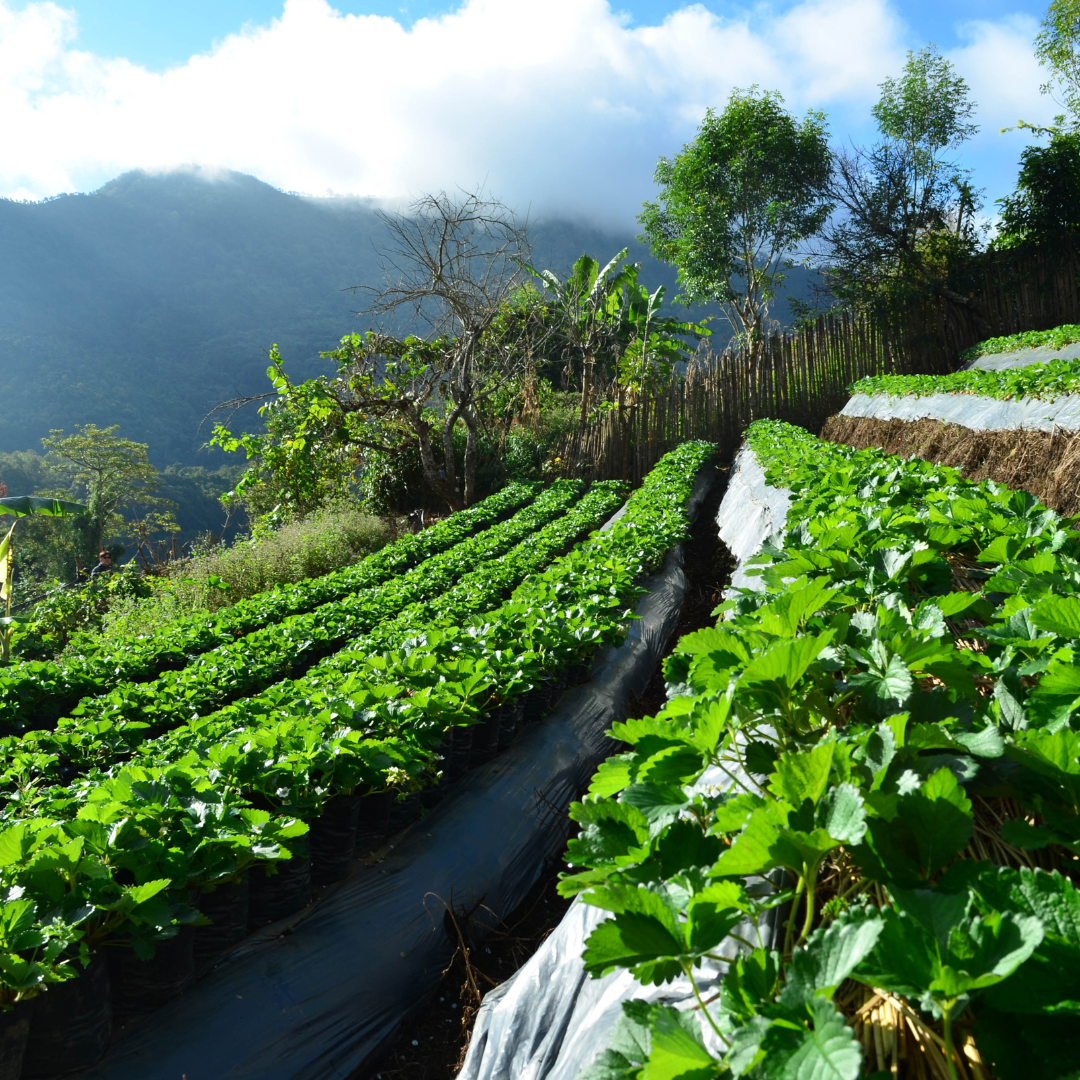
Rather, regenerative agriculture is a journey that involves a radical shift in our perspectives on nature and agriculture – in short, a shift in our mindset, and its benefits are seemingly endless, including improvements in biodiversity, resilience and environmental health.
Solid beauty
Solid cosmetics are somewhat reminiscent of the "bars of soap" and the products used in the past, but they certainly represent an innovation in terms of use and also from other points of view, such as the most evident of all the savings in polluting packaging.
However, they differ a lot from bars of soap because they are formulated in a different way (not through saponification) and because they respond to different needs, not only that of cleansing: in fact, there are also hair conditioners, body butters, toothpastes, deodorants, pre and after shaving, deodorants.
Often the formulas are "green" not only in the packaging (without plastic), but also in the list of ingredients contained.
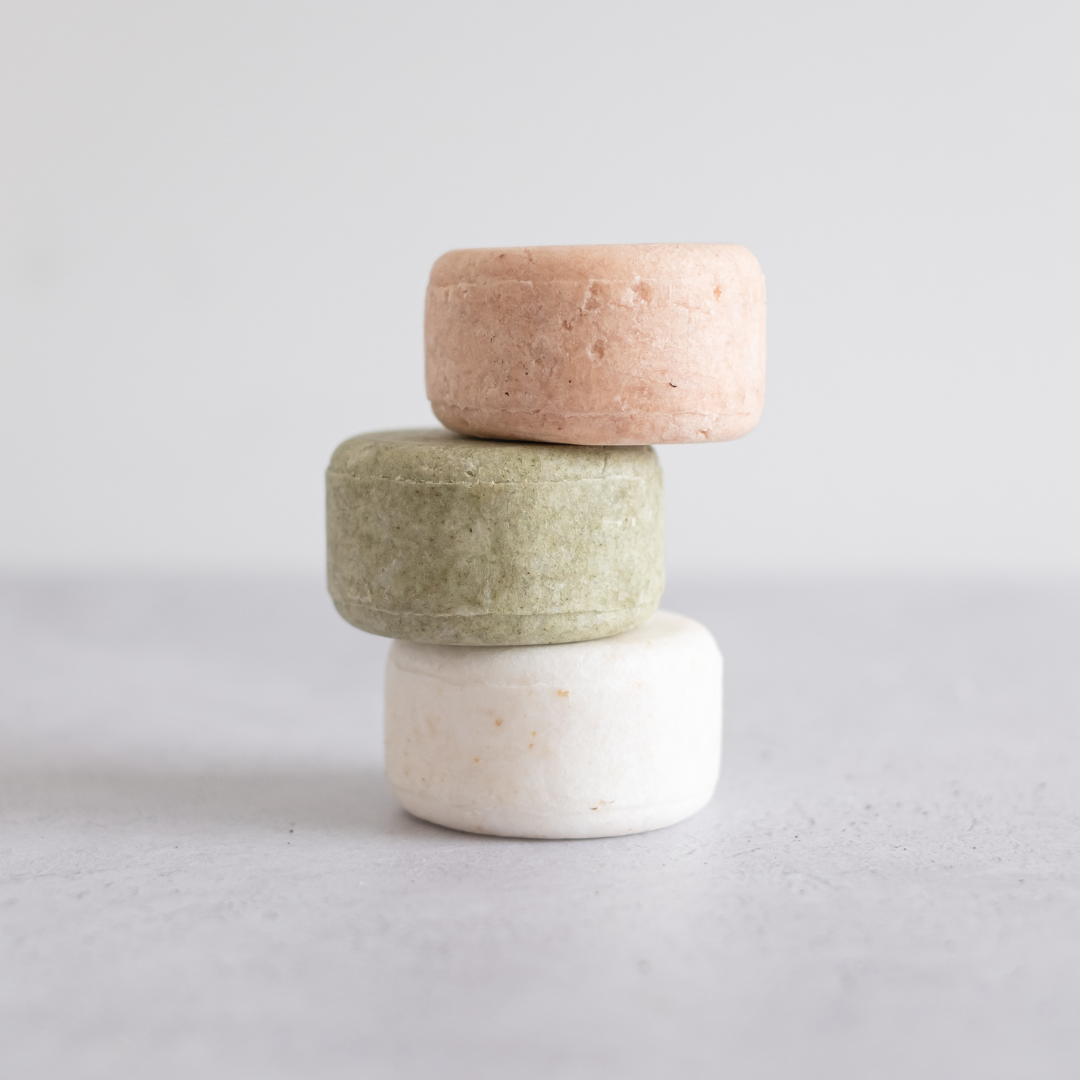
he first products launched in solid format were the "shampoos" and in fact they are the best known and the most appreciated ones. The market seems to be expanding and seems to want to ride the wave of enthusiasm towards this category of cosmetics: from small artisan workshops to cosmetic giants, the proposals are truly numerous.
Environmental benefits
The advantages of a solid cosmetic do not end with the packaging, but also address the issue of less waste of water in their production (traditional cosmetics are formulated with a very high percentage of water, water which is wasted especially during the production phase) .
They are also practical to use and light to transport (think of the fact that not having the 5 of water contained in traditional cosmetics, the weight is much lower and the environmental impact of transport is consequently lower.
But...
Do solid cosmetics therefore represent the future? the solution to focus on to have a more practical, light to carry and more ecological product in the pack. By their nature, as they do not contain water and are often formulated with more aggressive surfactants, detergents tend to be more irritating than their "cousins" in liquid form.
It is therefore necessary to pay attention to the formulas and to those with particularly sensitive and reactive skin in order not to dry and irritate using them.
Altroconsumo, an Italian association of consumers, has tested various solid shampoos and has come to the conclusion that true sustainability lies in how these products are used. it is used to "dissolve" it or to rinse it, the difference with a traditional shampoo becomes negligible. So close attention should be paid to how these products are used.
Dissolvable cosmetics
They are born along the lines of solid cosmetics, and are inspired by other sectors (those of household cleaning) and the concept is very interesting because they maintain the characteristics of solid cosmetics in terms of less use of production water and less impact in transport, but they also respond to some of the "objections" of using solid cosmetics.
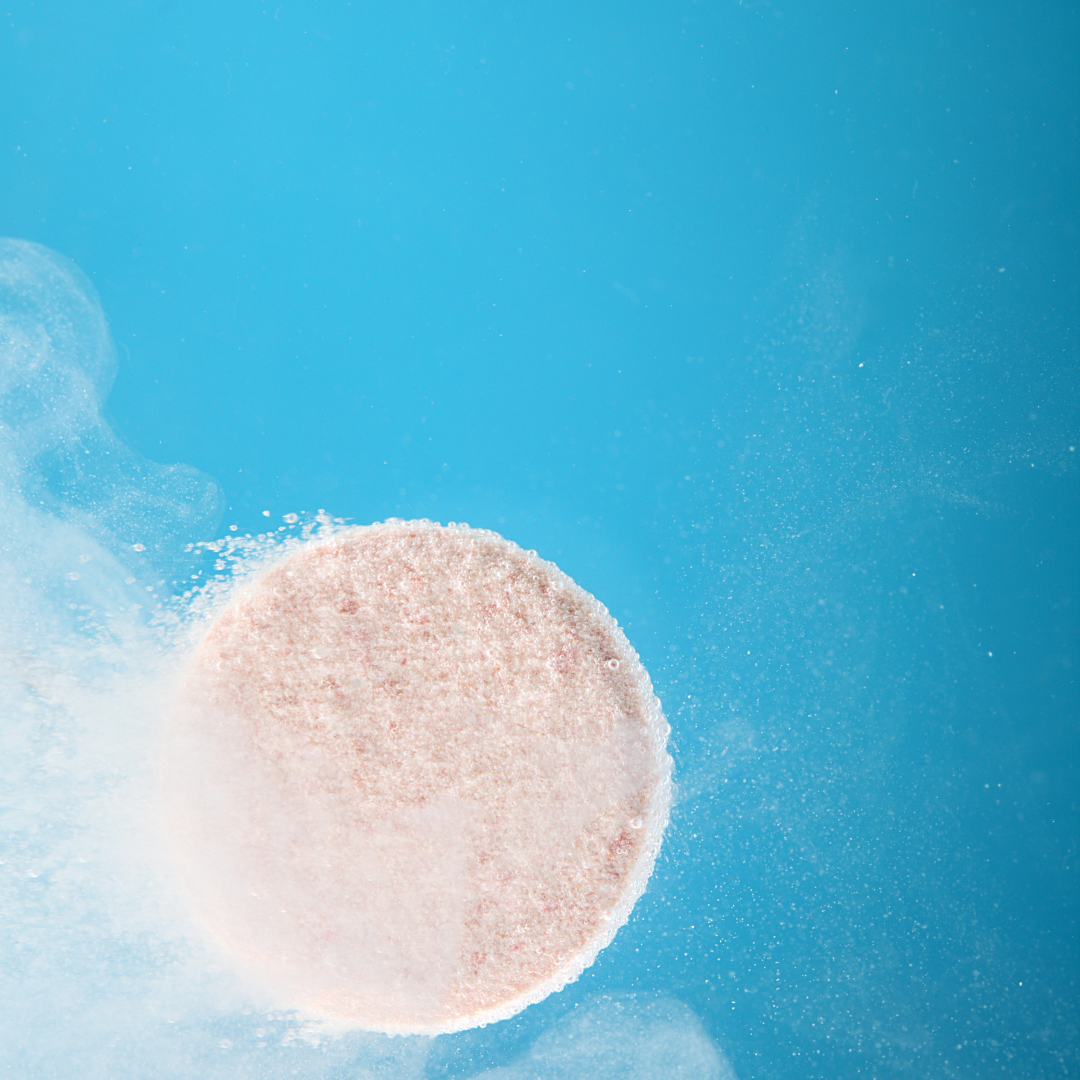
Certainly this is applicable only to rinse-off products for cleansing skin and hair. The cosmetic therefore becomes a "semi-finished product" in tablet or powder form, which should not be used as it is but must be pre-mixed in water in well-defined proportions to reconstitute the finished product, bringing us back to classic usage habits.
A real challenge for the formulator, because you have to think of all the types of water in which the cosmetic will be reconstituted.
Sources
https://www.metabolic.nl/news/regenerative-agriculture-farming-in-natures-form


